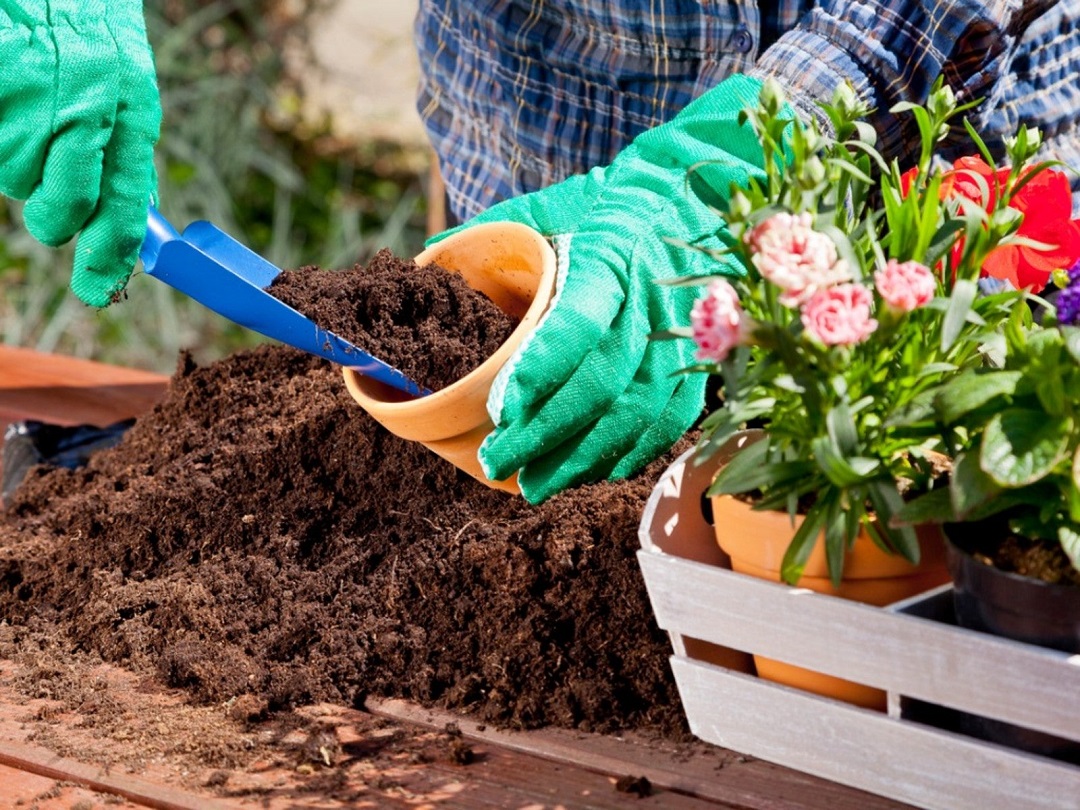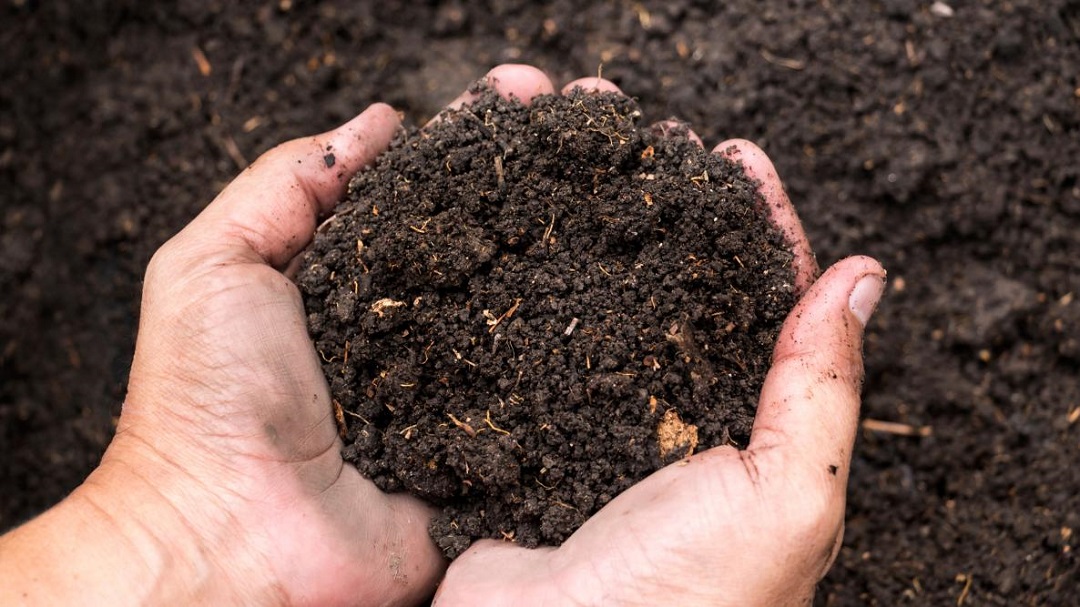Imagine stepping into your backyard, greeted by lush greenery and vibrant blooms, all thriving in soil crafted by your own hands. Creating garden soil isn’t just about dirt; it’s about fostering life and growth. In this comprehensive guide, we’ll delve into the art and science of crafting nutrient-rich soil for your garden, ensuring your plants reach their full potential.
Understanding the Basics of Garden Soil
Embarking on your soil-making journey requires a fundamental understanding of soil components. Soil comprises mineral particles, organic matter, water, and air, all of which play crucial roles in plant growth.
Exploring Mineral Particles
Mineral particles, such as sand, silt, and clay, form the physical structure of soil. Each type brings unique properties: sand provides drainage, silt offers nutrients, and clay aids in moisture retention.
Harnessing the Power of Organic Matter
Organic matter, like compost and decomposed plant material, enriches soil with essential nutrients and improves its texture, fostering a thriving ecosystem underground.
Essential Ingredients for DIY Garden Soil
Crafting your garden soil recipe involves gathering the right ingredients, akin to preparing a nourishing meal. Here’s what you’ll need:
Compost: Nature’s Gold
Compost serves as the backbone of healthy soil, teeming with beneficial microorganisms and providing a balanced array of nutrients.
Peat Moss: Retaining Moisture
Peat moss enhances soil structure and moisture retention, ensuring your plants stay hydrated during dry spells.
Perlite or Vermiculite: Improving Drainage
These lightweight additives improve soil drainage, preventing waterlogging and promoting robust root development.
Organic Fertilizers: Feeding Your Plants
Incorporate organic fertilizers like bone meal, blood meal, or fish emulsion to provide a steady supply of nutrients to your growing plants.
Mixing and Amending Your Soil Blend
With your ingredients assembled, it’s time to roll up your sleeves and start mixing. Here’s a step-by-step guide:
Step 1: Choose the Right Location
Select a spacious area with ample sunlight for your soil mixing endeavors. Ensure proper ventilation to minimize dust inhalation.
Step 2: Measure Your Ingredients
Follow your chosen soil recipe diligently, measuring out each component to maintain consistency and balance.
Step 3: Blend Thoroughly
Using a shovel or garden fork, blend your ingredients together evenly, breaking up any clumps and ensuring uniform distribution.
Step 4: Perform a Soil Test
Before using your soil mix, conduct a pH test and nutrient analysis to fine-tune its composition according to your plants’ needs.
Caring for Your Garden Soil
Creating garden soil is just the beginning; maintaining its health is an ongoing process. Here are some tips for nurturing your soil:
Mulching: Protecting and Nourishing
Apply a layer of organic mulch to your garden beds to regulate soil temperature, suppress weeds, and add organic matter as it decomposes.
Crop Rotation: Preventing Depletion
Rotate your crops annually to prevent nutrient depletion and minimize the risk of soilborne diseases.
Watering Wisely: Finding the Balance
Water your plants deeply but infrequently, allowing the soil to dry out slightly between watering sessions to promote robust root growth.
FAQs About Making Garden Soil
What is the best time to make garden soil?
The ideal time to prepare garden soil is in the early spring or fall when temperatures are mild, providing optimal conditions for soil mixing and amendment.
Can I use homemade compost in my soil mix?
Absolutely! Homemade compost is an excellent addition to your soil mix, enriching it with a diverse array of nutrients and beneficial microorganisms.
How often should I amend my garden soil?
It’s recommended to amend your garden soil annually, preferably before planting season, to replenish nutrients and maintain soil structure.
Is it necessary to sterilize soil before use?
While sterilizing soil can help control pests and diseases, it’s not always necessary. Proper composting and soil management practices can mitigate these risks effectively.
Can I use garden soil for indoor plants?
Garden soil may not be suitable for indoor plants due to its density and potential for compaction. Opt for a well-draining potting mix specifically formulated for indoor use.
Conclusion
Crafting nutrient-rich garden soil is both an art and a science, requiring careful attention to detail and a deep respect for the natural processes at play. By following the steps outlined in this guide and incorporating best practices for soil management, you’ll create an environment where your plants can thrive and flourish, yielding bountiful harvests season after season.






